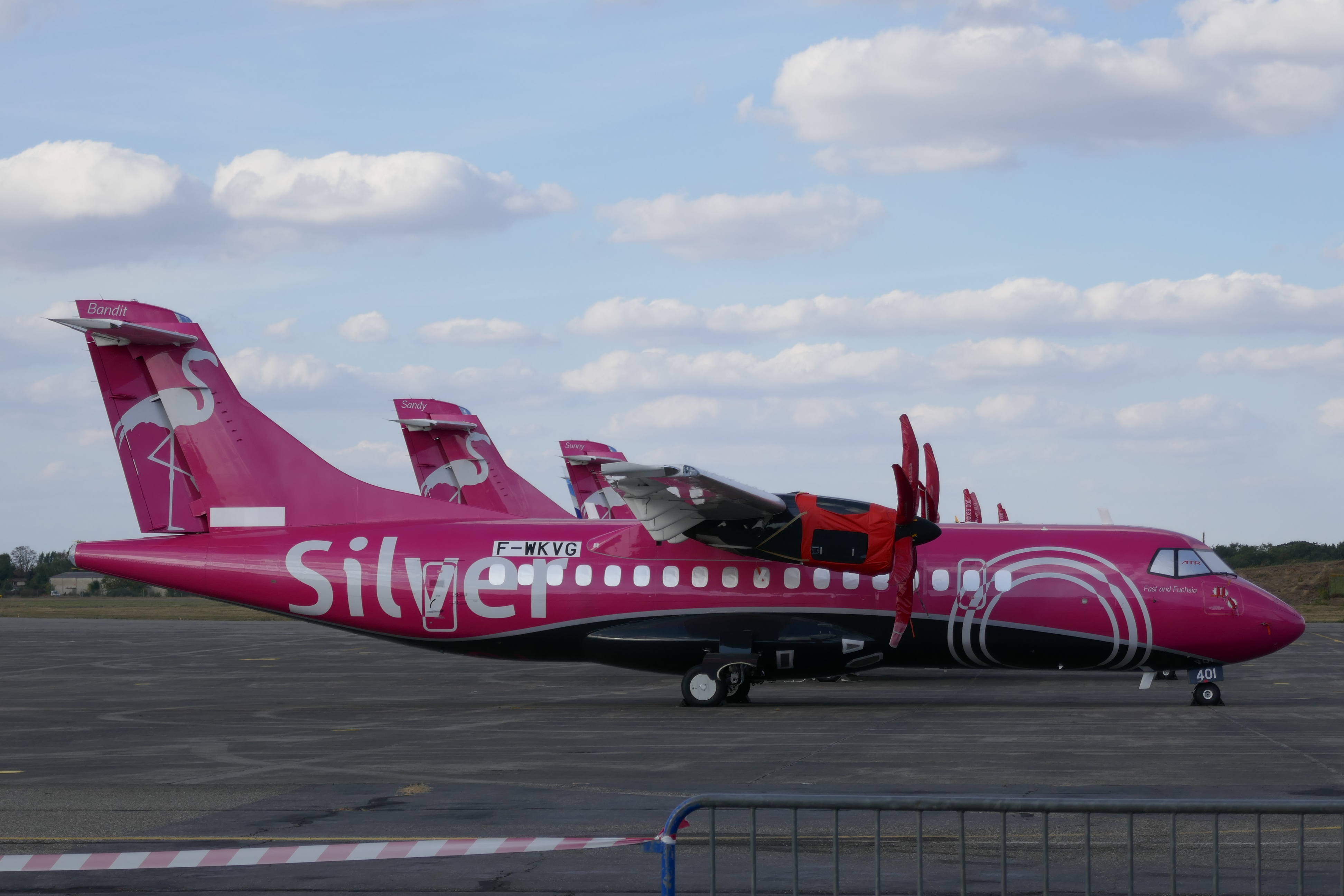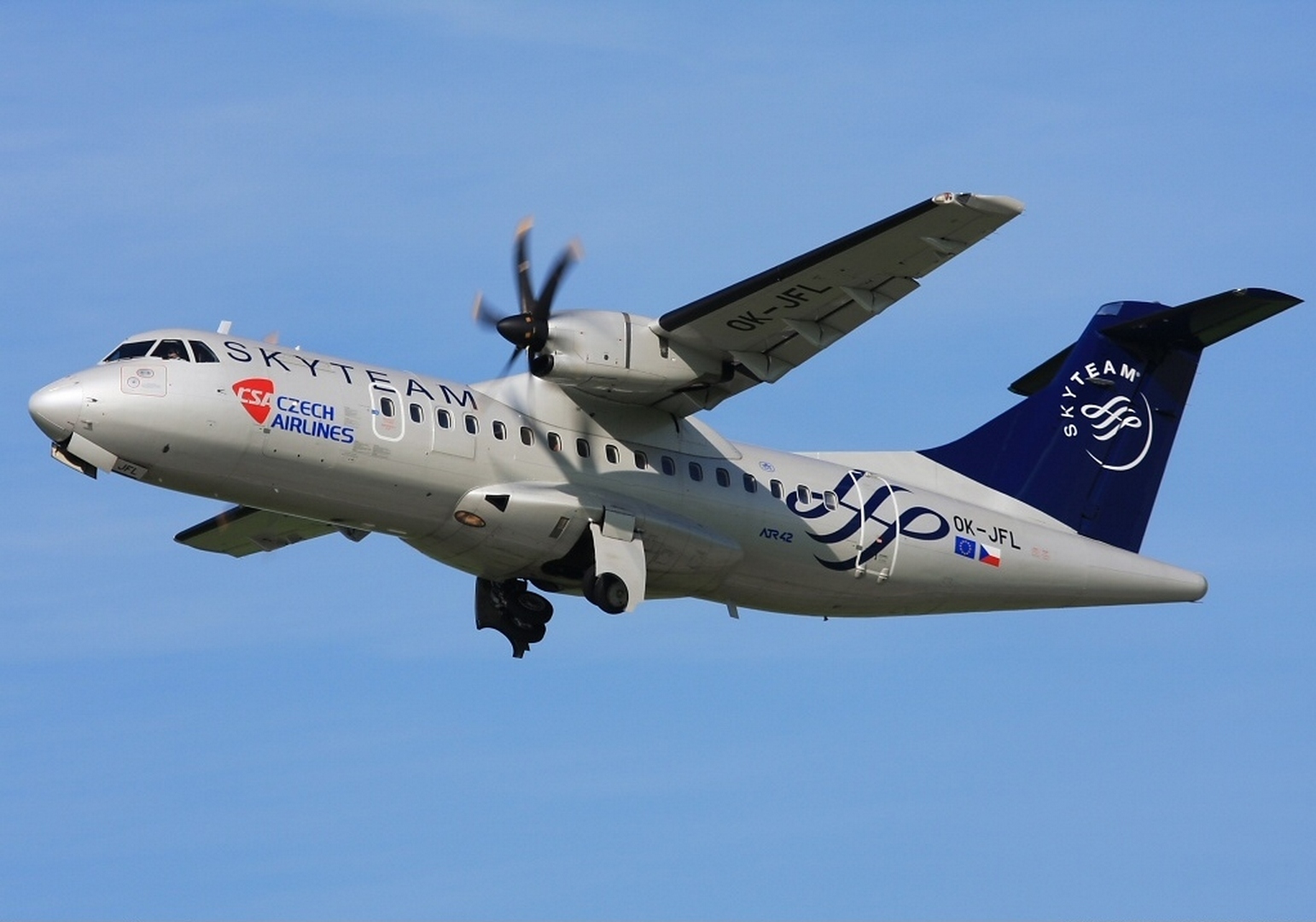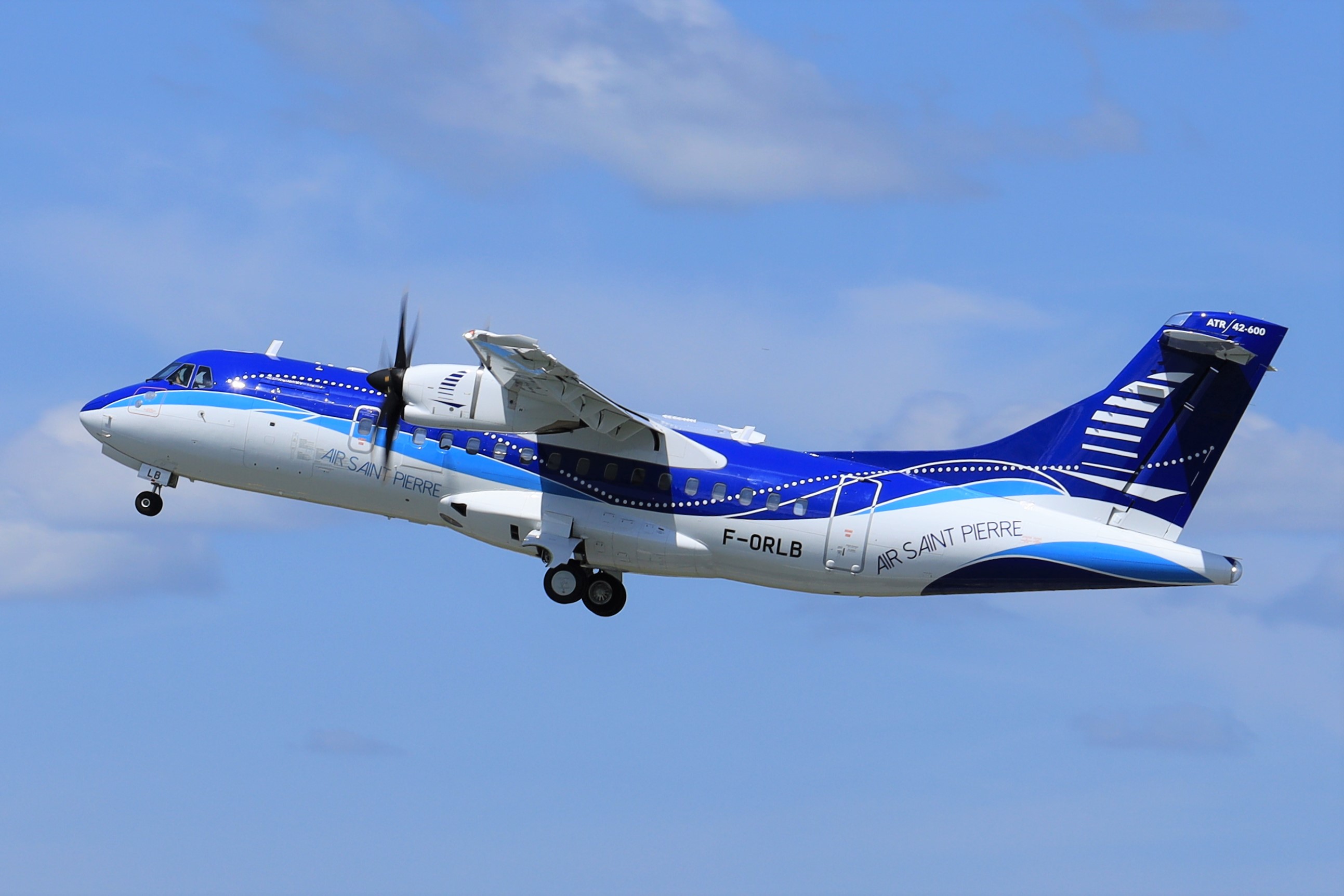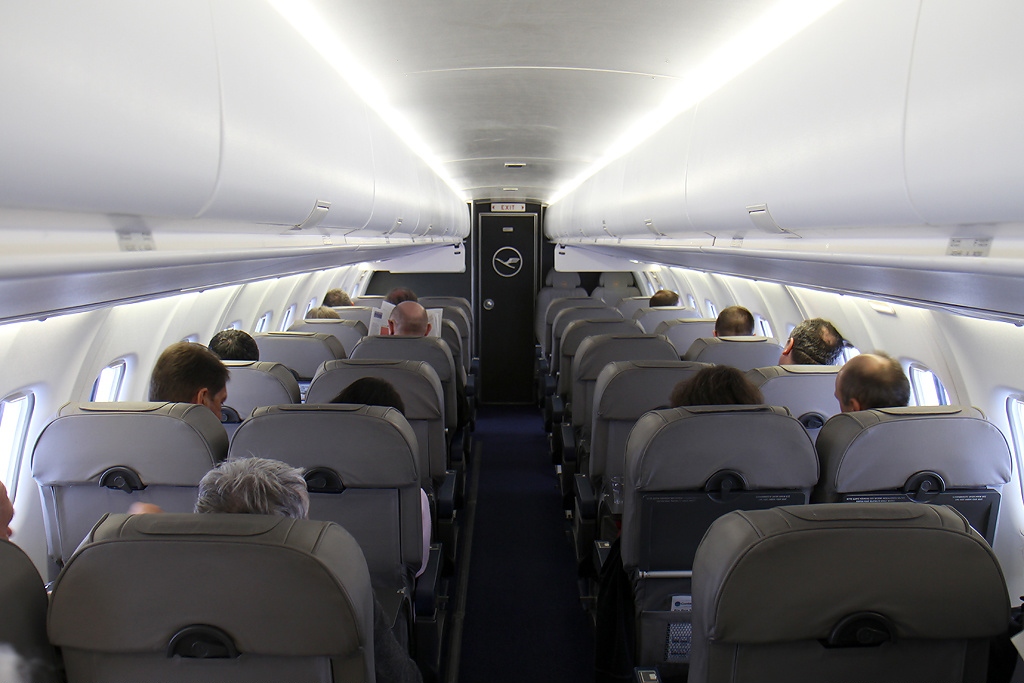40 Years of the ATR 42
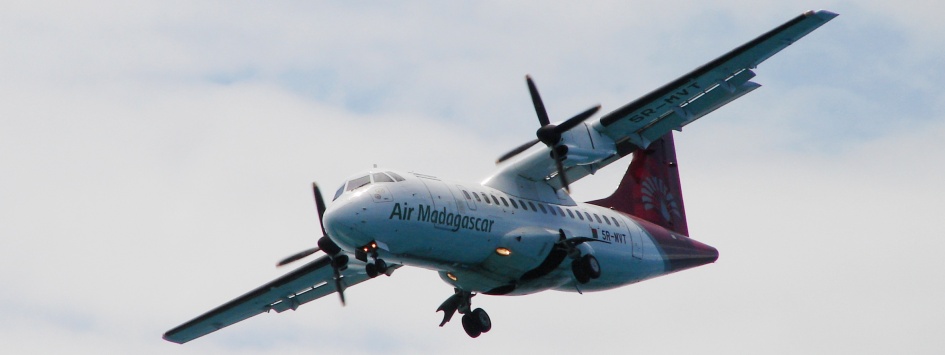
On August 16, the regional airliner ATR 42, developed by the Franco-Italian company Avions de Transport Régional, celebrated its 40th anniversary. On that day in 1984, its first prototype took to the skies at Toulouse-Blagnac Airport in southern France.
The aircraft proved to be remarkably successful, and its testing proceeded without significant complications. By September 1985, certification and the deployment of serial production were completed, and production continues to this day. Eight main variants of the aircraft have been created, accommodating between 40 and 50 passengers. There are also cargo and special versions. One of the most modern is the passenger ATR 42-600, equipped with two Pratt & Whitney Canada PW127XT-M turboprop engines, each producing 2,400 hp. The aircraft has a length of 22.7 meters, a wingspan of 24.6 meters, a maximum takeoff weight of 18,600 kg, a commercial payload of up to 5,250 kg, a maximum speed of 556 km/h, and can cover a distance of 1,345 km with 48 passengers on board.
More than 500 ATR 42 units have been built. The first customer was the French regional airline Air Littoral, based at Montpellier-Méditerranée Airport. Shortly before Christmas 1985, the airline completed its first flight with the newly acquired airliner.
The aircraft, being quite economical, comfortable, and capable of operating in a wide range of climatic conditions, quickly gained popularity among operators and passengers alike. Naturally, its good reputation contributed to its global expansion. By 1988, the ATR 42 had broken into the challenging North American market, with Houston-based Texas Air Corporation ordering 50 aircraft.
Overall, this family of airliners has been acquired by over a hundred operators, including security forces. The geographic distribution of operators spans nearly all continents, including countries such as Brazil, the United Kingdom, Gabon, Guatemala, Denmark, Italy, Canada, Cuba, Germany, Nepal, Saudi Arabia, Tanzania, the Philippines, and Japan.
The ATR 72, a larger version based on the ATR 42, was also developed and became an even more successful commercial product.

 Fan-page
Fan-page Youtube
Youtube TikTok
TikTok Aviamuseum
Aviamuseum State Aviation Museum
State Aviation Museum
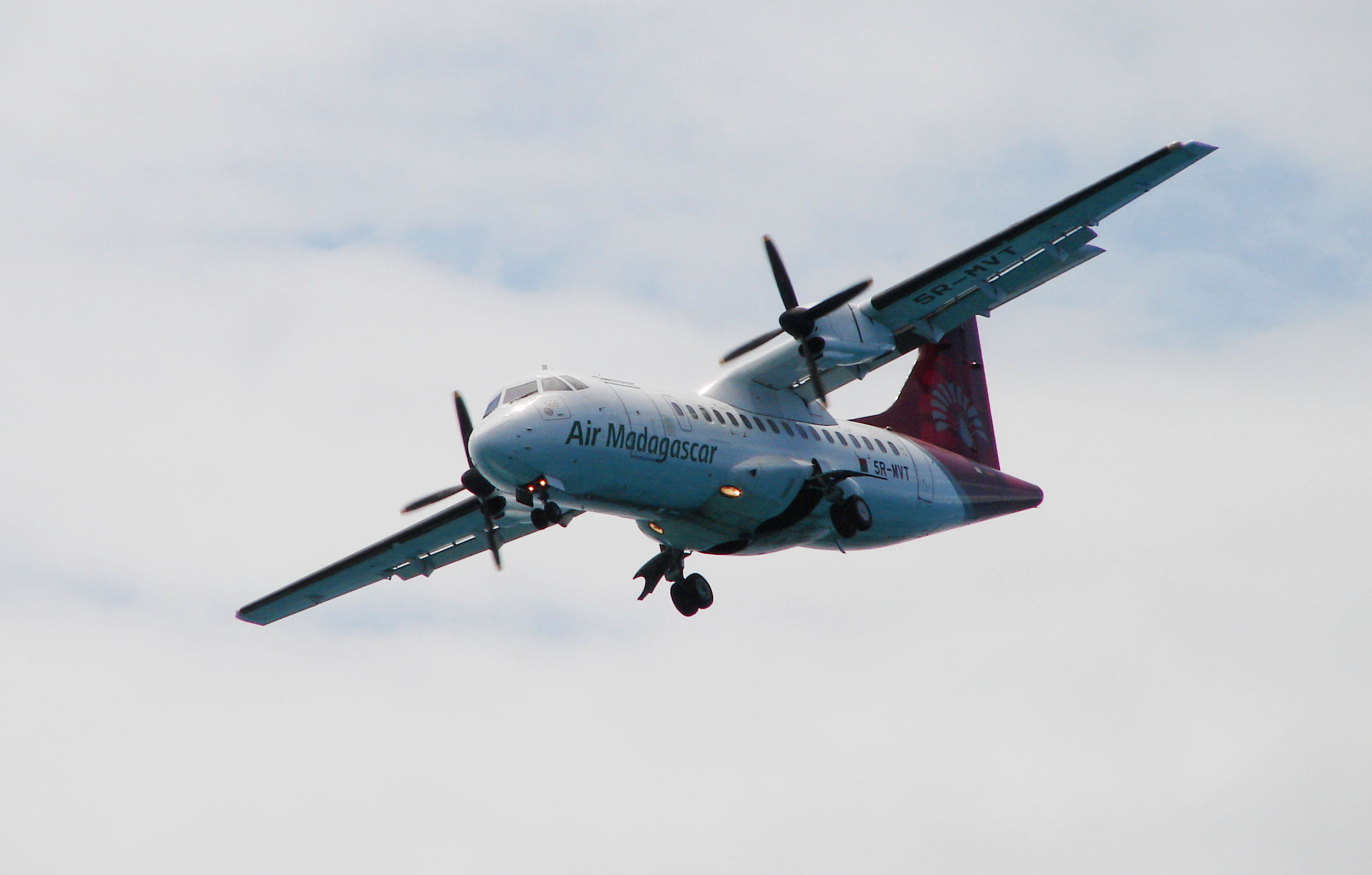
_(2)_1724049697_1.jpg)
